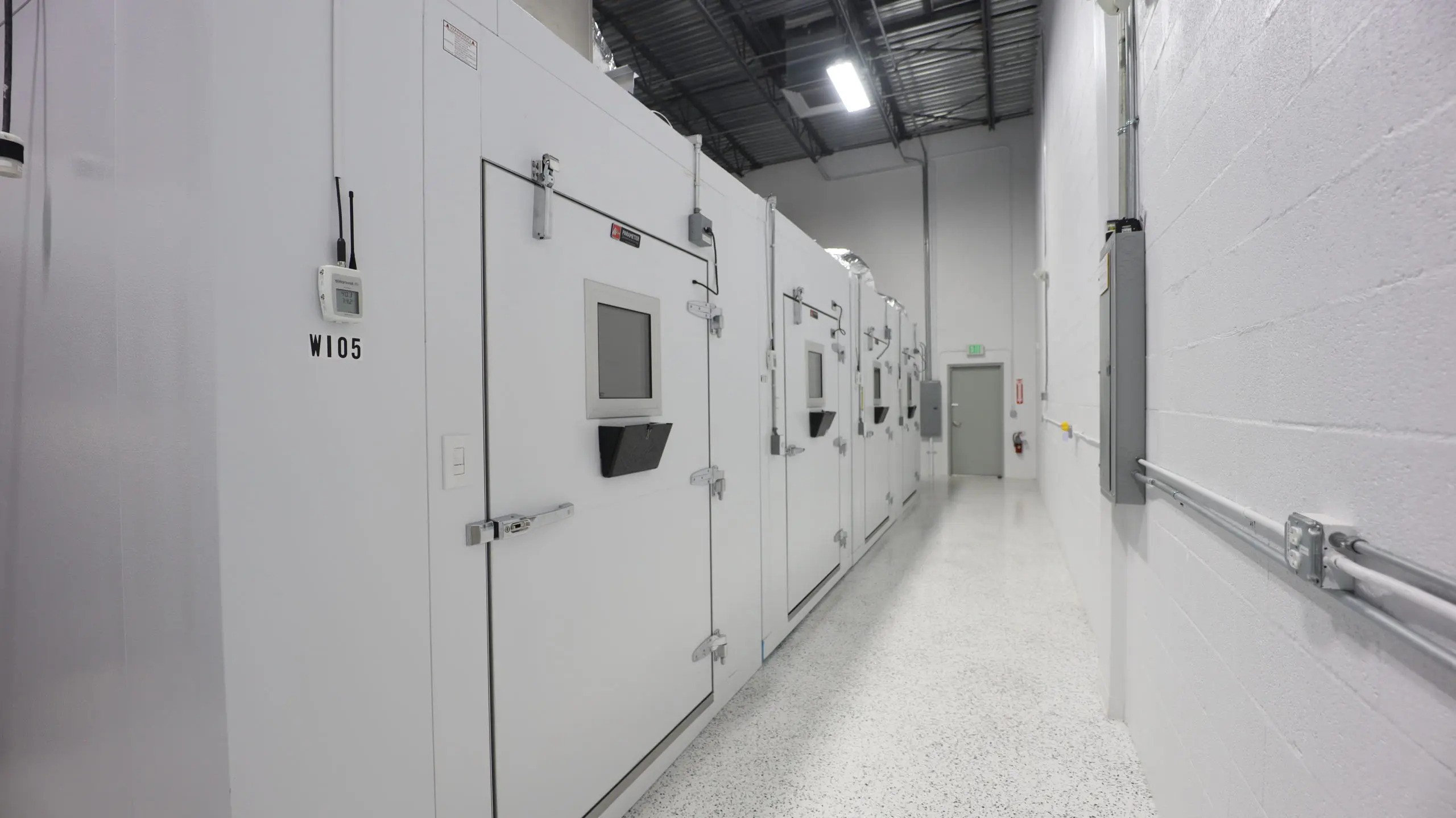In the ever-evolving landscape of pharmaceuticals, biotechnology, and various industries, maintaining product stability is paramount. Stability chambers play a crucial role in ensuring the reliability and efficacy of products by simulating environmental conditions to which they may be exposed. Navigating the world of walk in chamber manufacturing requires a comprehensive understanding of the key components, considerations, and advancements in this vital field.
Understanding Stability Chambers
Stability chambers are controlled-environment chambers designed to replicate specific temperature, humidity, and light conditions. These conditions mimic the real-world environment in which products, such as pharmaceuticals, chemicals, or biological samples, may be stored or transported. The purpose of stability testing is to evaluate the long-term effects of these environmental factors on product quality, allowing manufacturers to establish shelf life and storage recommendations.
Key Components of Stability Chambers
- Temperature Control Systems:
- Accurate temperature control is fundamental to stability testing. Manufacturers use advanced heating and cooling systems to maintain precise temperature conditions within the chamber.
- Humidity Control Systems:
- Humidity levels can significantly impact the stability of certain products. Stability chambers incorporate sophisticated humidity control systems to replicate a range of environmental conditions.
- Lighting Systems:
- Some products are sensitive to light exposure. Stability chambers often include lighting systems that allow manufacturers to control the intensity and duration of light exposure during testing.
- Airflow and Ventilation:
- Proper airflow ensures uniform distribution of temperature and humidity throughout the chamber, preventing localized variations that could compromise the accuracy of stability testing.
Considerations in Stability Chamber Manufacturing
- Customization:
- Different industries and products have unique stability testing requirements. Manufacturers should offer customization options to tailor stability chambers to specific needs, ensuring optimal testing conditions.
- Compliance with Regulatory Standards:
- Adherence to international regulatory standards, such as those set by the International Council for Harmonisation (ICH), is critical. Manufacturers must design and produce stability chambers that meet these standards to ensure the validity of stability testing results.
- Data Logging and Monitoring:
- Advanced stability chambers are equipped with sophisticated data logging and monitoring systems. Real-time data collection and analysis enable manufacturers to track and document environmental conditions throughout the testing period.
- Energy Efficiency:
- As sustainability becomes a focal point in various industries, energy-efficient stability chambers are gaining prominence. Manufacturers should prioritize designs that minimize energy consumption without compromising performance.
Advancements in Stability Chamber Technology
- Smart and Connected Systems:
- Integration of smart technology allows for remote monitoring and control of stability chambers. This not only enhances convenience but also enables real-time adjustments based on data analytics.
- Advanced Sensor Technology:
- Continuous advancements in sensor technology contribute to the accuracy and reliability of stability testing. High-quality sensors provide precise measurements of temperature, humidity, and other environmental factors.
- Improved Material and Design:
- The use of advanced materials and innovative design concepts enhances the durability and performance of stability chambers. This is especially crucial for long-term stability studies.
Conclusion
Navigating the world of stability chamber manufacturing requires a keen understanding of the crucial role these chambers play in ensuring product quality and safety. As industries continue to advance, so too does the technology behind stability chambers.
